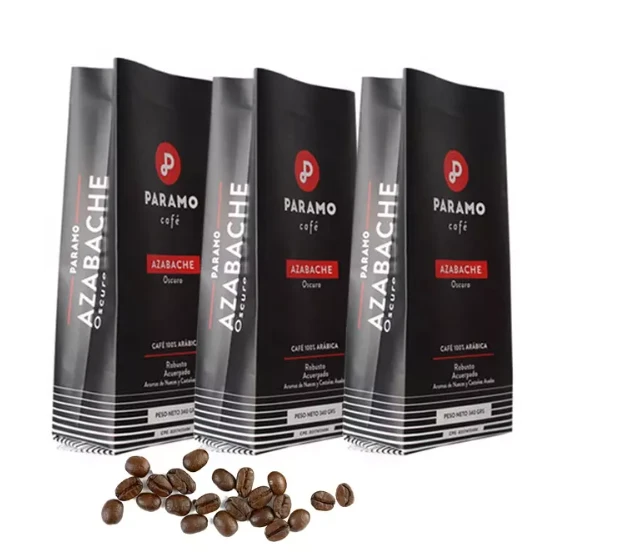- Afrikaans
- Albanian
- Amharic
- Arabic
- Armenian
- Azerbaijani
- Basque
- Belarusian
- Bengali
- Bosnian
- Bulgarian
- Catalan
- Cebuano
- chinese_simplified
- chinese_traditional
- Corsican
- Croatian
- Czech
- Danish
- Dutch
- English
- Esperanto
- Estonian
- Finnish
- French
- Frisian
- Galician
- Georgian
- German
- Greek
- Gujarati
- haitian_creole
- hausa
- hawaiian
- Hebrew
- Hindi
- Miao
- Hungarian
- Icelandic
- igbo
- Indonesian
- irish
- Italian
- Japanese
- Javanese
- Kannada
- kazakh
- Khmer
- Rwandese
- Korean
- Kurdish
- Kyrgyz
- Lao
- Latin
- Latvian
- Lithuanian
- Luxembourgish
- Macedonian
- Malgashi
- Malay
- Malayalam
- Maltese
- Maori
- Marathi
- Mongolian
- Myanmar
- Nepali
- Norwegian
- Norwegian
- Occitan
- Pashto
- Persian
- Polish
- Portuguese
- Punjabi
- Romanian
- Russian
- Samoan
- scottish-gaelic
- Serbian
- Sesotho
- Shona
- Sindhi
- Sinhala
- Slovak
- Slovenian
- Somali
- Spanish
- Sundanese
- Swahili
- Swedish
- Tagalog
- Tajik
- Tamil
- Tatar
- Telugu
- Thai
- Turkish
- Turkmen
- Ukrainian
- Urdu
- Uighur
- Uzbek
- Vietnamese
- Welsh
- Bantu
- Yiddish
- Yoruba
- Zulu
Exploring the Functionality of Hinge Lock Mechanisms in Modern Engineering Applications
Understanding Hinge Lock Mechanisms
Hinge lock mechanisms are innovative features that enhance the functionality, security, and durability of various devices and structures. Primarily used in doors, gates, and cabinets, these mechanisms serve a crucial role in controlling movement, ensuring safety, and providing ease of access.
Definition and Functionality
At its core, a hinge lock mechanism consists of a hinge that facilitates the pivotal movement of two connected objects, while a locking feature secures them in place when needed. This combination not only allows for smooth operation but also prevents unintended openings, making it ideal for a variety of applications. For instance, in the realm of security, hinge locks are commonly implemented in doors that require a higher level of security to deter unauthorized access.
Types of Hinge Lock Mechanisms
There are several types of hinge lock mechanisms, each designed to cater to specific needs. Some of the notable types include
1. Pin Locks This mechanism employs a pin that fits into a hole or slot in the hinge to secure it. When the pin is inserted, it locks the hinge in place, preventing any movement. Pin locks are often used in residential and commercial door applications.
2. Cam Locks Cam locks utilize a rotating disc or cam that, when engaged, secures the hinge. This simple yet effective design allows for smooth operation and tight locking capabilities, making it popular in furniture and cabinet applications.
3. Bolt Locks Bolt locks work by using a sliding bolt that engages with a corresponding fixture on the other part of the hinge. This mechanism is particularly effective for heavy doors or gates that require a robust locking system.
4. Electromagnetic Locks Often found in modern security systems, electromagnetic locks utilize an electric current to hold the locking mechanism in place. When the current is cut off, the lock releases, allowing for quick exits in emergencies while providing high security when engaged.
Advantages of Hinge Lock Mechanisms
The implementation of hinge lock mechanisms offers numerous advantages across various sectors
hinge lock mechanism

- Enhanced Security One of the primary benefits is the increased security they provide. By preventing unauthorized access, they play a critical role in safeguarding homes, businesses, and sensitive areas.
- User Convenience Many hinge lock mechanisms are designed for ease of use, allowing for quick locking and unlocking with minimal effort
. This is especially important in high-traffic areas where speed and efficiency are key.- Durability and Longevity Hinge lock mechanisms are usually constructed from high-quality materials that are resistant to wear and tear, ensuring they can withstand daily use over prolonged periods.
- Versatility These mechanisms can be adapted to suit a range of applications, from residential doors to industrial gates, making them highly versatile.
Applications of Hinge Lock Mechanisms
Hinge lock mechanisms find applications in various fields, including
- Residential Settings Commonly used in exterior and interior doors for homes, enhancing security and privacy.
- Commercial Buildings Often installed in office buildings, retail stores, and warehouses to protect assets and sensitive information.
- Automotive Sector Used in trunk lids and vehicle doors to secure compartments and enhance user safety.
- Industrial Applications Employed in machinery, equipment, and storage units to safeguard valuable materials and tools.
Conclusion
In conclusion, hinge lock mechanisms play a vital role in our daily lives by improving security, safety, and convenience across various applications. Their ability to combine ease of use with robust locking features makes them an essential component in numerous industries. As technology continues to advance, we can expect to see even more innovations in hinge lock mechanisms, further enhancing their efficiency and reliability. Whether for residential, commercial, or industrial use, understanding these mechanisms is key to selecting the right solution for any locking requirement.













